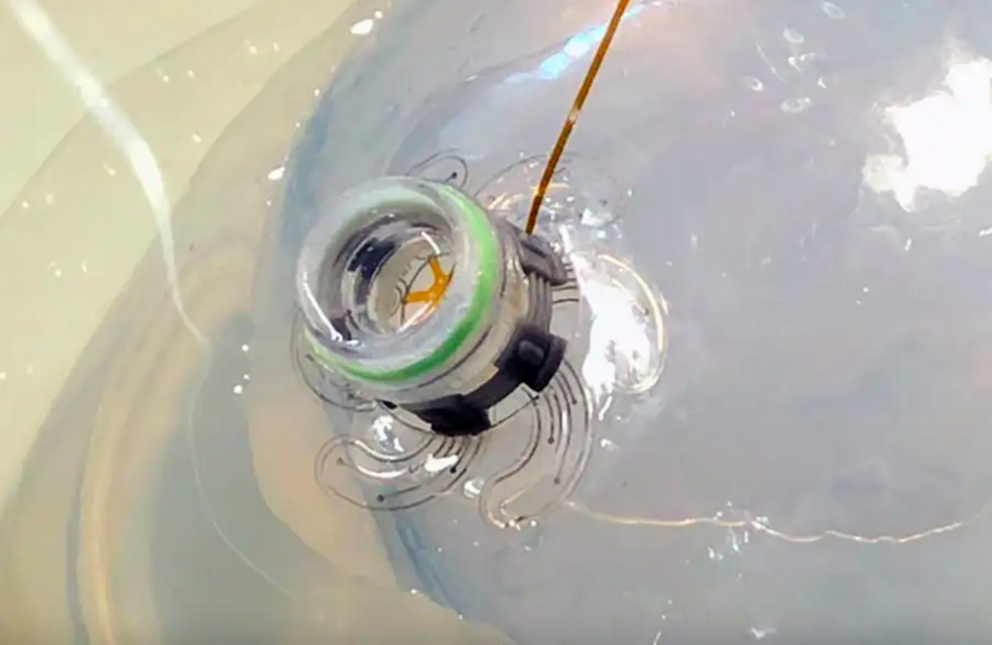Robot injected in the skull spreads its tentacles to monitor the brain
A soft robot inserted through a hole in the skull can deploy six sensor-filled legs on the surface of the brain to monitor electrical activity. The design has been tested in miniature pigs and could someday help people who experience epileptic seizures
A soft robot inserted through a tiny hole in the skull can deploy six sensor-filled legs on the surface of the brain. A version of this soft robot has been successfully tested in a miniature pig and could be scaled up for human testing in the future.
The concept offers a less invasive approach for placing electrodes on the brain’s surface compared with the traditional method, in which surgeons cut a hole in the skull the size of the fully extended device. If it proves safe and effective in humans, it could eventually help monitor and even treat people who experience epileptic seizures or other neurological disorders.
“There’s actually a really large surface area that you can reach without doing a large craniotomy,” says Stéphanie Lacour at the Swiss Federal Institute of Technology in Lausanne.
The soft robot is 2 centimetres long and its legs are primarily made from flexible silicone polymer.
For the rest of this article please use source link below
